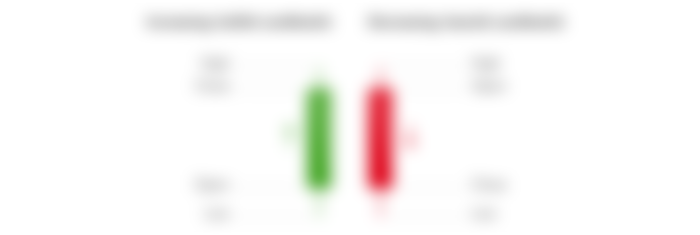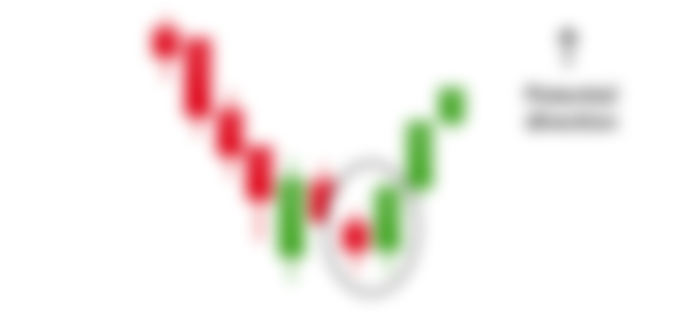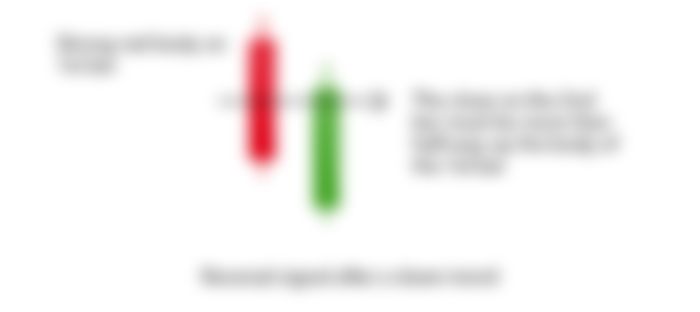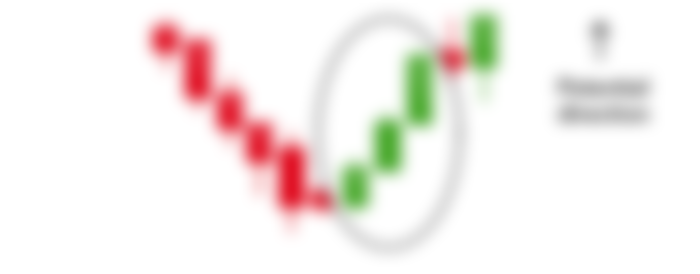Hello folks!
I know it has been a while since my last article on this series, but I'm back with more technical analysis.
In case you missed the first 3 parts, you can check them out here:
Part 2: Understanding candlestick charts
Part 3: Support and Resistance
Useful for this article is to recap what is a candlestick and how is it formed:
A candlestick shows the market's open, high, low, and closing for that trading session. The candlestick has a wide part, which is called the "real body." This real body represents the price range between the open and close of that day's trading. When the real body is filled in or red, it means the close was lower than the open. If the real body is empty (for Hollow Candles)or filled in green, it means the close was higher than the open.

Awesome! Now that we're all set let's move forward and analyze some patterns that might indicate some bullish momentum.
Bullish patterns may form after a market downtrend, and signal a reversal of price movement. They are an indicator for traders to consider opening a long position to profit from any upward trajectory, kind of what we are experiencing right now.
Hammer
The hammer candlestick pattern is formed of a short body with a long lower wick and is found at the bottom of a downward trend. A hammer shows that although there were selling pressures during the day, ultimately a strong buying pressure drove the price back up. The color of the body can vary, but green hammers indicate a stronger bull market than red hammers.

Inverse hammer
A similarly bullish pattern is the inverted hammer. The only difference being that the upper wick is long, while the lower wick is short. It indicates a buying pressure, followed by a selling pressure that was not strong enough to drive the market price down. The inverse hammer suggests that buyers will soon have control of the market.

Bullish engulfing
The bullish engulfing pattern is formed of two candlesticks. The first candle is a short red body that is completely engulfed by a larger green candle. Though the next candle opens lower than the first, the bullish market pushes the price up, culminating in an obvious win for buyers.

Piercing line
The piercing line is also a two-stick pattern, made up of a long red candle, followed by a long green candle. There is usually a significant gap down between the first candlestick’s closing price, and the green candlestick’s opening. It indicates a strong buying pressure, as the price is pushed up to or above the mid-price of the previous day.

Morning star
The morning star candlestick pattern is considered a sign of hope in a bleak market downtrend. It is a three-stick pattern: one short-bodied candle between a long red and long green. Traditionally, the ‘star’ will have no overlap with the longer bodies, as the market gaps both on open and close. It signals that the selling pressure of the first day is subsiding, and a bull market is on the horizon.

Three white soldiers
The three white soldiers pattern occurs over three days. It consists of consecutive long green (or white) candles with small wicks, which open and close progressively higher than the previous day. It is a very strong bullish signal that occurs after a downtrend and shows a steady advance of buying pressure.

Let me know if you spot any of these patterns in your technical analysis!
Until next time!






